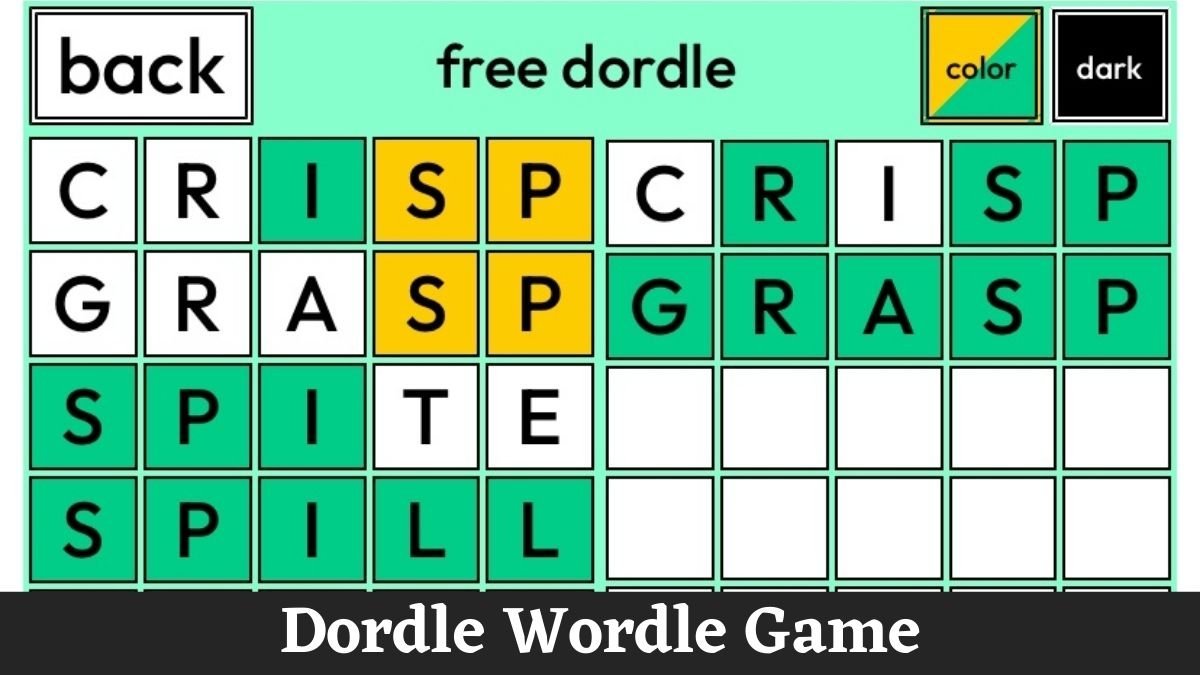Gone are the days when people used to rave about balloons and bouncy castles. Inflatable architecture has come a long way. By the turn of the 70s, young artists and architects started experimenting with inflatable structures as a way of opposing the hard and controversial forms of modernism. Since then it has been over 50 years and inflatable architecture is still going strong.
In her debut release Bubbletecture, author, and architect Sharon Francis discusses the idea of inflatable architecture and bubble structures’ influence in contemporary society. Though inflatable architecture has existed for so long, the topic has mostly remained off-stream. Bubbletecture, however, provides a different idea. Unlike any other inflatable architecture book, it sheds light on the subtle descriptions of multiple designs, their history, and their influence on modern architecture.
Peppered with the 200 most popular inflatable designs throughout history, this is a perfect first-read for someone wanting to explore this genre. So, why wait? Head off to local discount book shops and grab your copy.
What is Inflatable architecture?
Sharon’s Bubbletecture masterfully portrays how inflatable structures re-entered the market and started revolutionizing contemporary aesthetics. But, before we dive into the six alluring designs discussed in this fascinating inflatable architecture book, we need to understand what an inflatable structure is.
In simple words, the inflatable buildings or structures we observe are massive-sized air-filled balloons, which is why the name is inflatable. They can be leaked out and deformed easily. Though their designs may vary, the idea remains the same. These structures consist of two layers of membrane connected together. The large cavity between the two membranes is subjected to air pressure which blows up into a rigid structure—this way it allows various large designated structures to be achieved.
There are different uses for Inflatable buildings and structures, some of them include buildings, membrane roofs, covers, airships, and furniture. Apart from these, they are also popular for music or orchestra performances.
7 Inflatable designs in Bubbletecture
The book has emphasized how inflatables are used in innovative ways. Sharon highlights that inflatable structures are more than just regular moon bounces and pool floats, it is far richer and is a refreshment from traditional styles. While the book features more than 200 inflatable designs, here are six designs that cater to audiences of all tastes.
● Media-ICT Building, Spain
This enchanting inflatable masterpiece from Enric Ruiz Geli came up in Barcelona in 2011. According to Sharon, the structure was made using ETFE( also known as Ethylene tetrafluoroethylene) pneumatic panels which are structurally rigid and thermal-friendly. The building has temperature sensors that collect exterior data to alter interior conditions accordingly. Further, the building is also equipped with renewable energy sources, a green roof, and solar panels that help in reducing carbon emissions. Sharon cited that due to the simplicity of its structure, she used this as a rare model for ETFE projects.
● Skum, Denmark
The skum represents a curvature that is both playful and has resemblances to childhood parks and playgrounds. The bubbles of this inflatable structure have a shape that seems both like a shelter as well as a beacon. It is equipped with colorful lights and can be illuminated within a few minutes.
Sharon explains that BIG’s experimentation with designs is the reason she chose them over others. According to her, BIG exploration extends the limitation of inflatable structures and pushes the boundaries of contemporary designs.
● Homogenising and Transforming World
Created by TeamLab, this is a scintillating display of human connectedness with the digital world. The big orbs have installed sensory transmitters that record data and spread it to corresponding spheres. It creates an ideal scenario for human-technology interference. The sensory transmitters respond to human touch with wavelet shift of colours.
● Anda
Idoling the structure of blow-up seats from the 1960s, this inflatable structure is a fusion of pool furniture and indoor flat-pack designs. The inflatable transparent cushion is well coordinated with the wooden frame, thus achieving structural neutrality and equilibrium.
Tehila Guy’s anda depicts a clever use of the blow-up seats. It combines structural integrity with peculiar materiality, creating a unique design, according to Sharon in her debut inflatable architecture book, Bubbletecture.
● Nawa Pavilion, Poland
Made with 35 polished steel arches, this structure gives the feel of a gateway to a small beach in Poland. Zeita Prozessdesign announced this structure in 2018, it uses a FIDU technology developed by Zeitta. These are ultra-light steel sheets that are inflated with compressed air.
What caught Sharon off-guard was the innovative use of a process that is wholly meant for manufacturing furniture. She also describes that this was the first time she saw that the process was used for largescale projects.
Key Notes
We are all but assured that we won’t be staying in concrete buildings anymore. With innovations in both technology and architectural designs, the taste for aesthetics has changed in the last decade. The use of inflatable structures is inevitable at this point, with its rapid rise in modern society.
The concept of inflatables is without a doubt an interesting field. Since its resurrection at the onset of the 21st century, it has created a buzz among young architects. Whether you are an aspiring architect or a seasoned professional, Bubbletecture is a must. This is not just another inflatable architecture book found in discount book shops that have one-line descriptions and images. Sharon Francis’s enchanting read invades history and depicts how inflatable structures became a force unto themselves.



